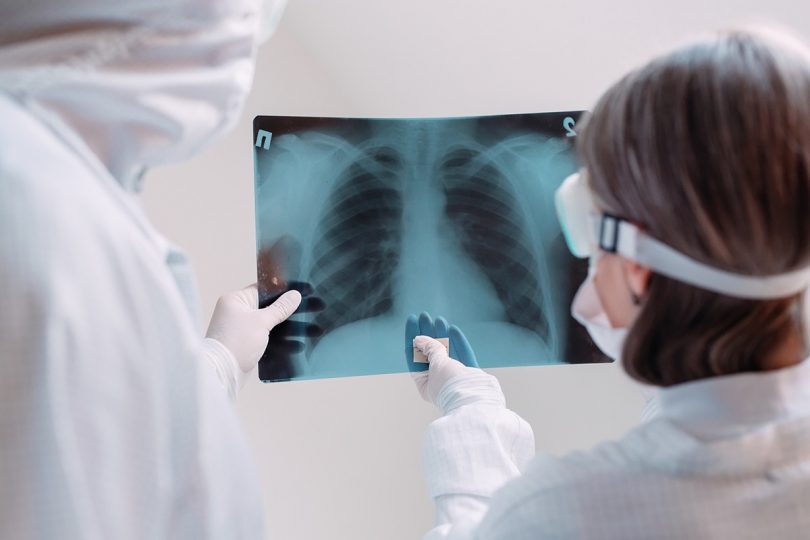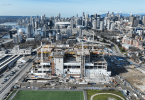Providence Health Care is collaborating with Simon Fraser University researchers on a new artificial intelligence tool that will help diagnose COVID-19 quicker.
Providence leveraged SFU researchers’ expertise to validate a deep learning Artificial Intelligence (AI) tool to expedite the time healthcare professionals spend distinguishing between COVID-19 pneumonia and non-COVID-19 cases.
The tool, currently in the validation phase at St. Paul’s Hospital, enables a clinician to feed a patient’s chest X-ray image into a computer, run a bio-image detection analysis and determine a positive pneumonia case that is consistent with COVID-19.
“This multidisciplinary collaboration provided much needed validation of our models and expedited our development process, thereby directly assisting Providence Health Care’s efforts to plan for the urgent and ever evolving nature of the COVID-19 crisis,” says Soyean Kim, director, Digital Products, Providence.
System trained to use algorithms and data
The diagnostic tool is designed to help doctors and other frontline healthcare workers make quick decisions as they grapple with an increased number of patients. While not a standalone clinical diagnosis solution, it can be used to rapidly assist confirmation of a clinician’s suspicions in concert with other tools, such as Computed Tomography (CT) scans.
The AI system can also help resident and less experienced doctors look over a data set and make a quick diagnosis before a senior doctor can step in, says Yağız Aksoy, an assistant professor in the SFU School of Computing Science’s GrUVi Lab.
Aksoy, and MAGPIE Group researcher Vijay Naidu, a mathematician, helped refine the machine learning system using X-ray images of both COVID-19 and non-COVID-19 patients to identify the unique characteristics found in the virus.
“Instead of doctors checking each X-ray image individually, this system is trained to use algorithms and data to identify it for them,” explains Aksoy.
Naidu also shared his expertise in bio-sequence analysis to create a database of COVID-19 biological signatures, or unique identifiers, to zero in on those found in positive patients.
He says the technique can also be used in the detection and classification of other types of chest X-ray pneumonia images, such as bacterial, fungal and other viral pneumonia.
Next steps
Once approved, the tool will be made available at no cost with the UN’s support. An ongoing multinational collaboration will further improve efficacy and provide additional authentication.
The beta version of the tool – still in an early testing phase – has already been uploaded to the United Nations Global Platform and is whitelisted in the AWS Machine Learning Marketplace, among others.
The tool will undergo further evaluation and training.
This story was adapted from an SFU media release.





